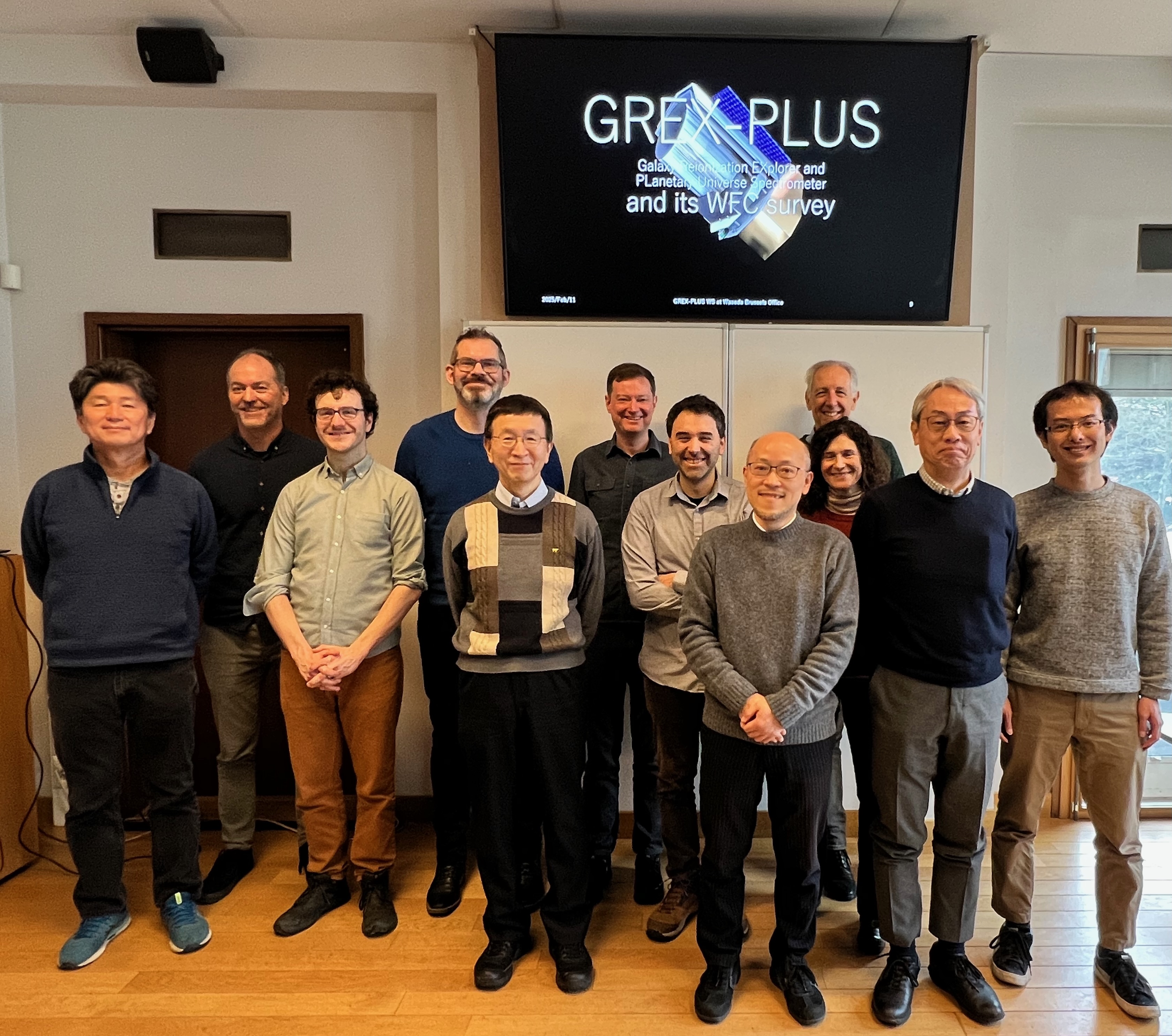
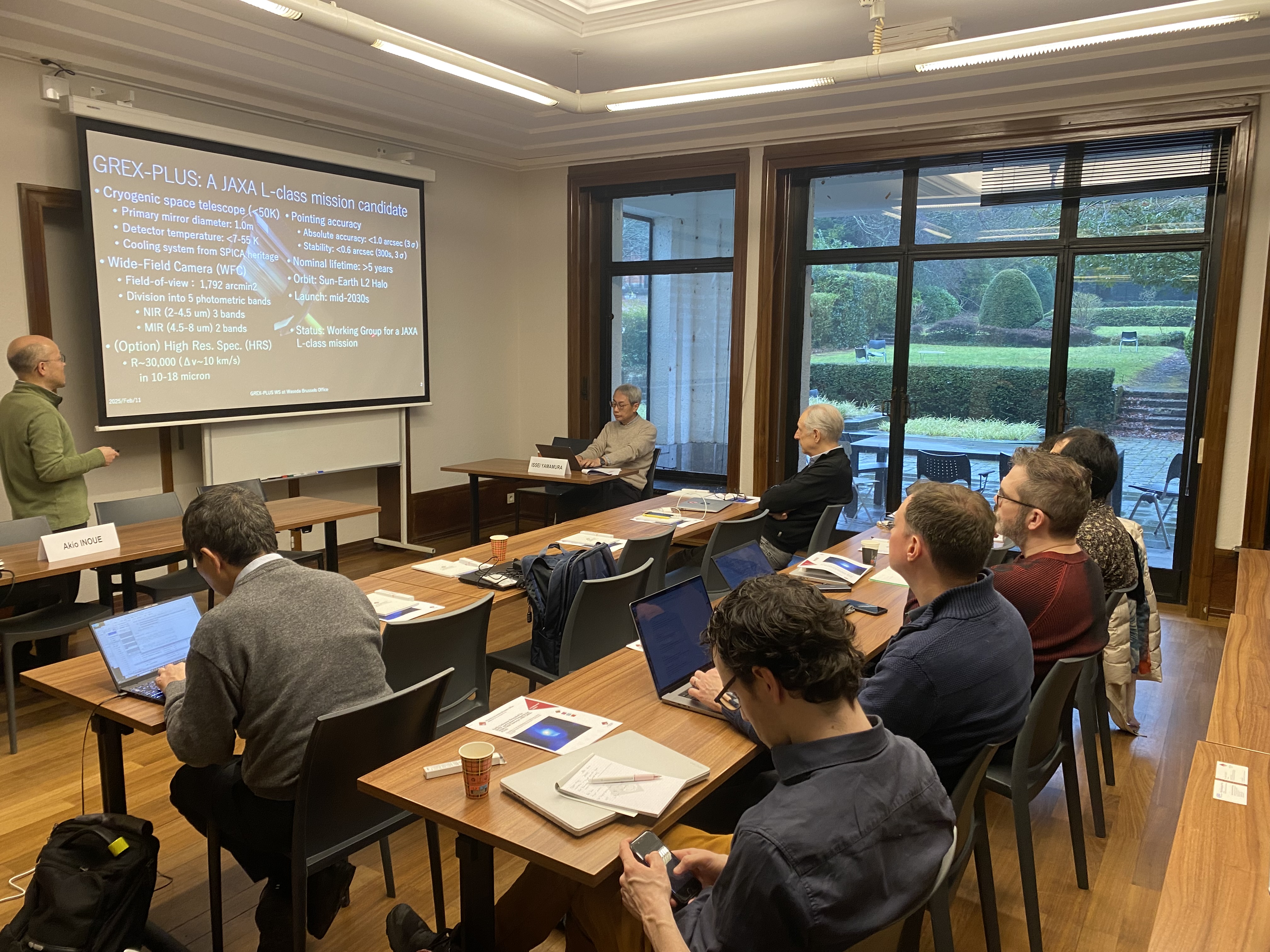
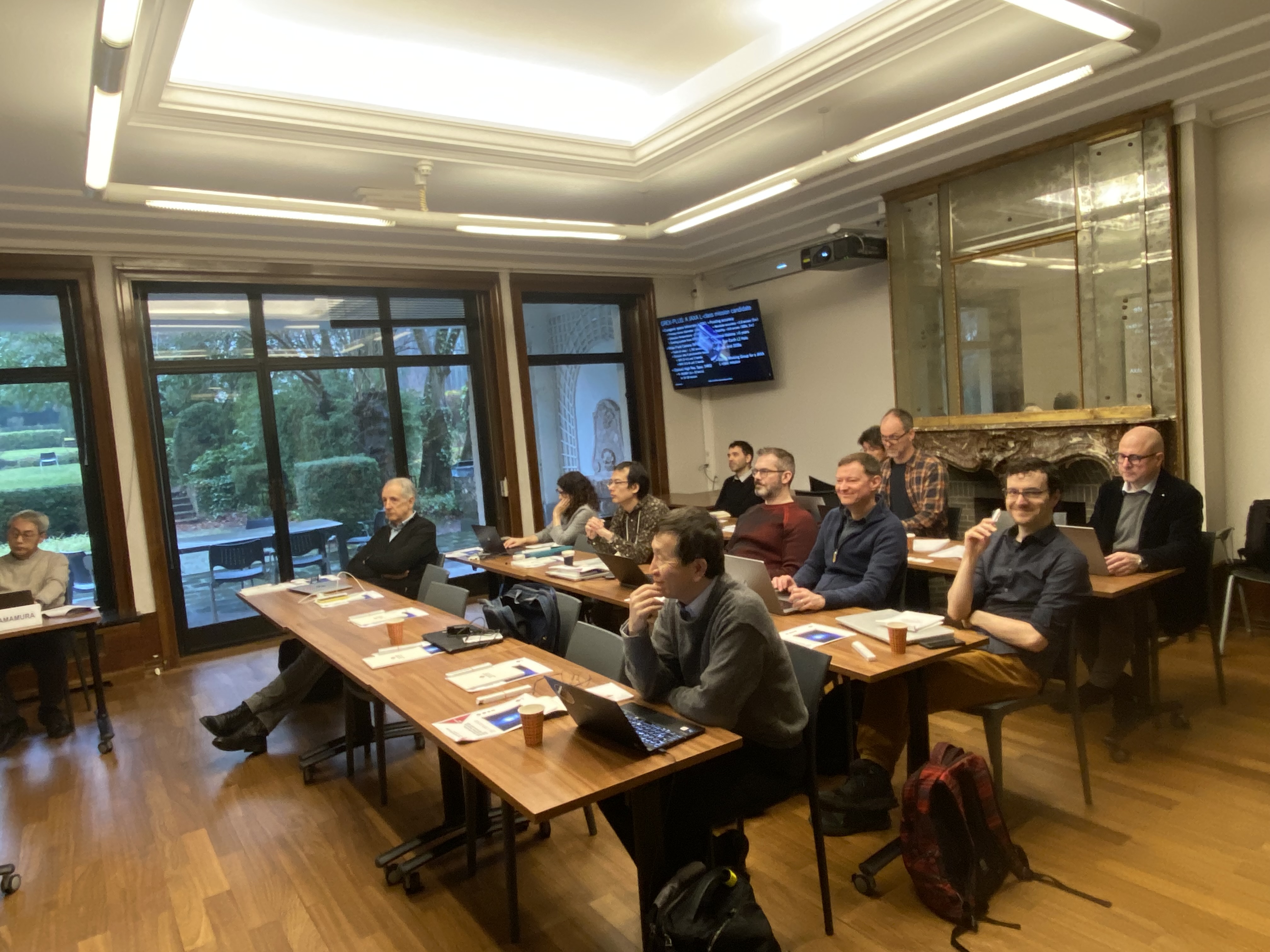
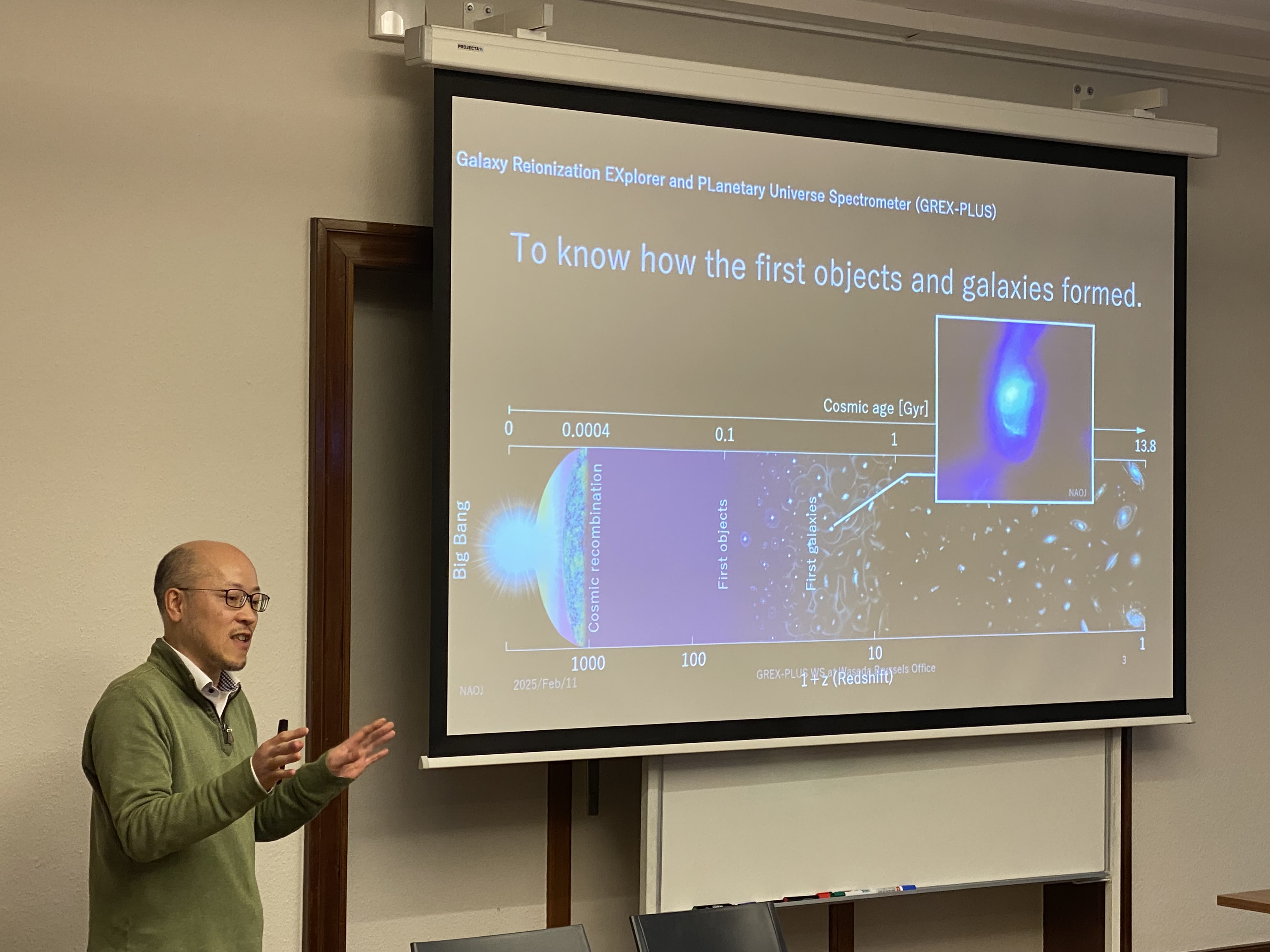
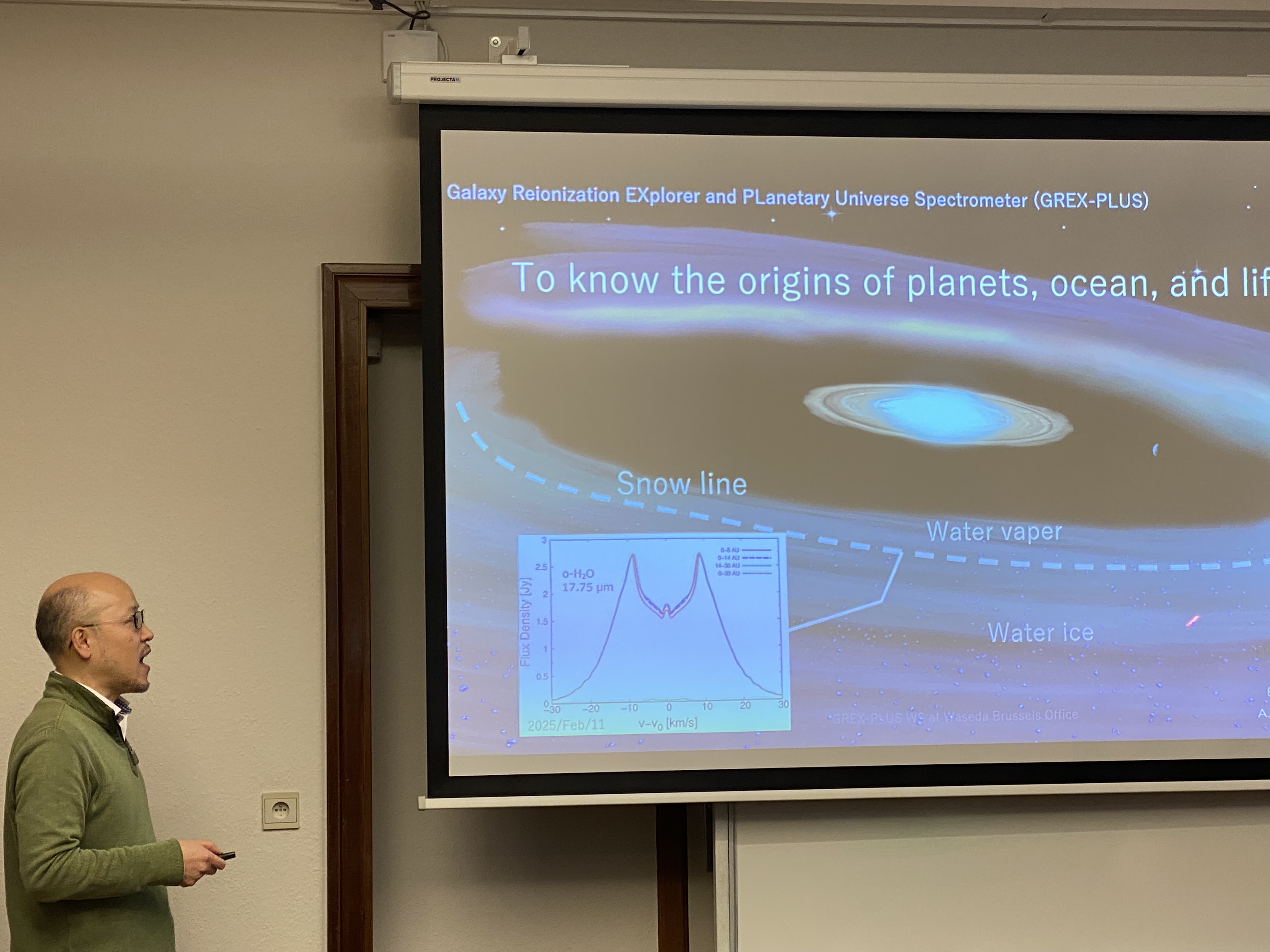
Exploring the early Universe is one of the major goals of modern astronomy and astrophysics. The James Webb Space Telescope (JWST) is now routinely providing a wealth of innovative observations, including the discovery of bright star-forming galaxies beyond the cosmological redshift of z=10, an unexpectedly large population of active galactic nuclei powered by supermassive blackholes, and quiescent galaxies even within the first 1 Gyr of the cosmic time. Although the JWST has super high sensitivity, its field-of-view is still too narrow to conduct >>1 degree2 imaging surveys that require finding rare, massive, bright galaxies in the early Universe. The European Euclid satellite is now conducting its super wide-field surveys, but it is limited to a wavelength less than 2 micron. NASA’s Roman telescope to be launched in 2026 also has the same wavelength limitation. Since the Lyman alpha break comes to >2 micron for galaxies at z>15, when the most exciting event, the first galaxy formation happened. The Japanese space telescope concept, GREX-PLUS (Galaxy Reionization EXplorer and PLanetary Universe Spectrometer) will provide the unique capability of wide-field imaging at a wavelength range of 2 to 8 micron in the mid-2030s.
This 2-day meeting aims to discuss the JWST’s groundbreaking results for galaxy formation studies and how to fully unlock the potential of GREX-PLUS wide-field imaging surveys in the mid-2030s.
Akio Inoue (Waseda U.), Issei Yamamura (ISAS/JAXA), Takao Nakagawa (ISAS/JAXA), Yuma Sugahara (Waseda U.), Jean-Louis Moortgat (Waseda Brussels Office)
Issei YAMAMURA (ISAS/JAXA)
Akio INOUE (Waseda U.)
Pascal OESCH (U. Geneva)
Andrea FERRARA (Scuola Normale Superiore)
Laura PENTERICCI (INAF, Rome)
Erik ZACKRISSON (U. Uppsala)
Sirio BELLI (U. Bologna)
Yuma SUGAHARA (Waseda U.)
Jorryt MATTHEE (IST, Austria)
Sune TOFT (U. Cogenhagen)
Eiichi EGAMI (U. Arizona)
Takao NAKAGAWA (ISAS/JAXA)

